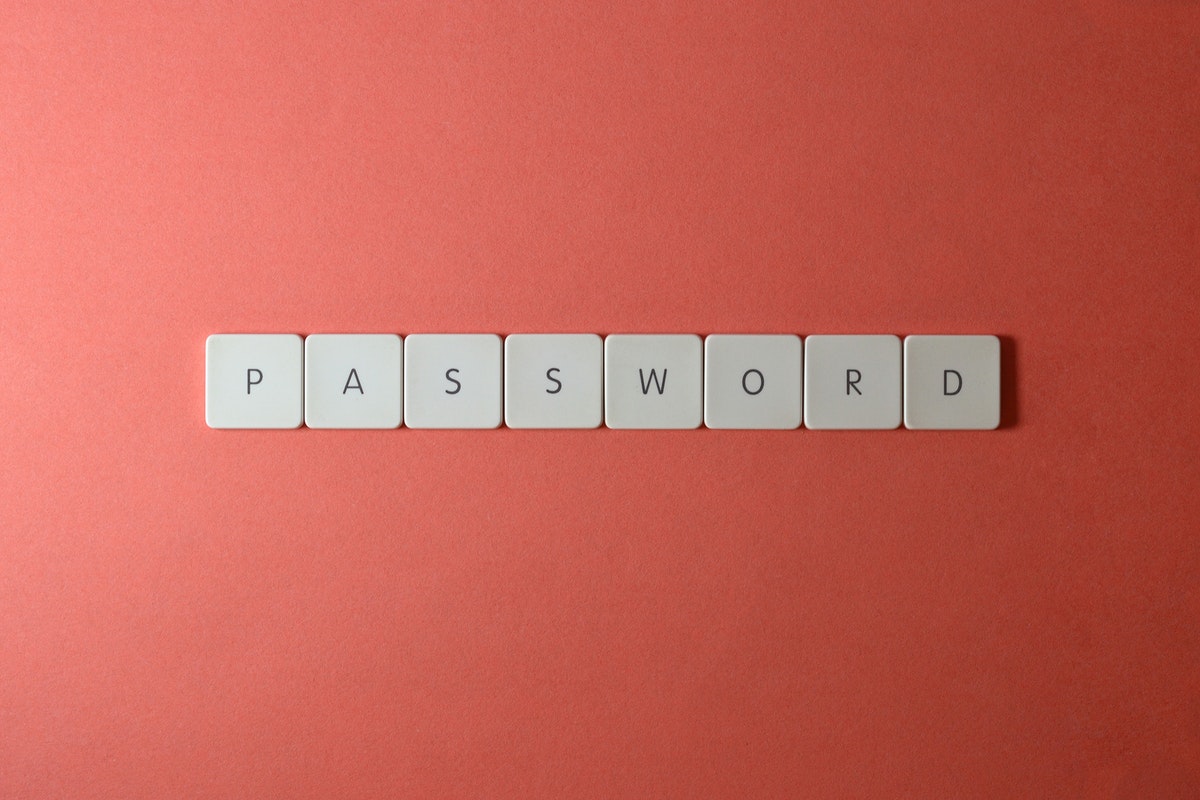Phishing is a type of cyber assault used to obtain sensitive information such as bank account numbers, passwords, and other personal details. Attackers entice their victims by concealing their identities and acting as credible sources. Avoiding phishing attacks is one of several techniques required to keep your valuable data secure. Another important cybersecurity technique is to avoid common passwords that might increase your risk of being hacked and exposing your confidential information.
A phishing email is used to carry out fraudulent acts such as stealing and misusing personal information. Phone and messaging services (SMS, social media communications, etc.) are also used by cybercriminals to trap their prey.
To develop trust, the sender’s identity is faked. The email’s topic has a sense of urgency, which enhances the likelihood of a response. If the victim downloads the file, it will result in a security breach, putting confidential information such as passwords, bank account information, and business email compromise (BEC) at risk.
Protect Yourself Against Hackers with a Strong Password
Strong passwords are critical because they protect your electronic accounts and gadgets against illegal access. When you choose a complex password, a hacker will have a more difficult time cracking it, whether using a brute-force attack (trying every possible combination of numbers, letters, or special characters) or an automated machine attack that tries thousands of combinations per second to guess your one and only password.
It may seem obvious, but “123456” is the most used password in the entire world. Hackers know all the tricks to guessing commonly used passwords, so making sure you use one that is difficult to guess is highly important.
As a result, the more complicated your password is, the more secure your account will be. Keep in mind that your account contains a lot of sensitive information that you don’t want to be exposed. As you can see, the stakes are high. As a result, safeguarding your account password is critical.
Typical Phishing Emails
Cybercriminals frequently target businesses and individuals via emails that appear to come from a genuine bank, government agency, or organization. The sender of these emails instructs recipients to follow a link to a page where they can validate personal information, account information, and other details.
Legitimate businesses do not ask for critical information over email. If you receive an unsolicited email from an institution with a link or attachment that requests sensitive information, it’s probably a fraud. Most businesses will never send you an email asking for your passwords, card information, credit score, or tax identification numbers, nor will they provide you a login link.
Don’t only look at the person’s name who sent you the email. Hover your cursor over the “from” address to see their email address. Verify that no changes (such as additional numbers or letters) have been made. Keep in mind that this isn’t a perfect procedure. Some smaller businesses use third-party email providers, while others use unique or diverse domains to send emails.
New Attack Targeting Popular Crypto Websites
Users were alerted by websites such as Etherscan, CoinGecko, and DexTools that suspicious popups were appearing for visitors and that they should not confirm any transactions based on popups.
With an ape skull logo and a (now-disabled) nftapes.win domain, this phishing attack appeared to provide a link to the Bored Ape Yacht Club initiative, like many previous phishing attacks. It asked users to connect their MetaMask wallets to use on the site, and because it appeared on domains that many people trust and use on a daily basis, they may have fallen for it and given it access.
In Conclusion
With new and targeted phishing schemes sprouting all the time, learning how to remain safe during Fraud Prevention Month is more vital than ever. It is your responsibility to notice, reject, and report strange online behavior. Because hackers are resourceful and constantly devise new ways to attack cybersecurity protections, no single strategy is likely to provide 100 percent protection. However, organizations can improve their awareness of phishing and how it works by implementing policies, processes, and training.
